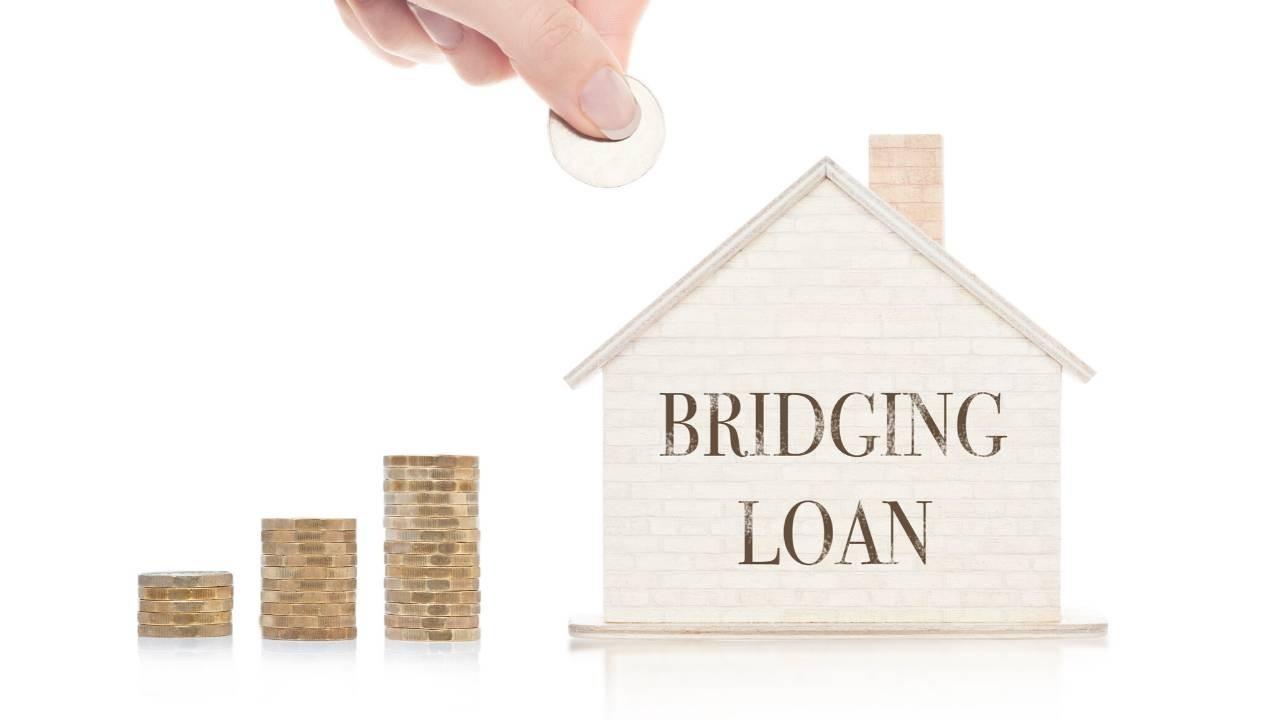Why bridging works

Property investment tends to depend on you having worked hard to save a nest egg that will provide you with a deposit to buy your first property. If you’re planning to get into property seriously, you’ll need cash for refurbs too. Saving up takes time.
The challenge is that you need at least 25% of the cost of your chosen property as a deposit, in order to get a mortgage. Your first buy-to-let mortgage will require you to jump through a number of hoops as the lender is laser-focused on your ability to pay back their money. That means you need to prove you have an income that will support your mortgage - now, not after you’ve refurbed your property and found a tenant.
Bridging works differently.
- You can borrow against the value of the property, rather than the cost, providing you get the right bridger to lend you the money. If you’re good at negotiating you can reduce your deposit dramatically.
- You get to keep all of your profit after costs, unlike a joint venture, where you have to share your profit with your JV partner.
- You can repay early, without paying a penalty. In fact, sometimes you’ll get back some of the interest paid up front.
- A poor credit record isn’t necessarily a barrier to getting bridging. Bridgers look at the property as their security - not your income.
- You can buy properties that are considered unmortgageable. There are some real opportunities in this market, as normally they can only be purchased by cash buyers. There are some lemons too, so you’ll need to know the difference!
- It’s much quicker than a mortgage. We’ve arranged bridging in just a few days, whereas a mortgage is likely to take at least a 2-3 months.
If you want to know more about bridging, come on one of our Masterclass days.
You can learn more here:
- Contact Kevin Wright over on his Facebook page.
- Browse the Recycle Your Cash online training library by clicking here.
- Attend an upcoming 1-Day Property Finance Masterclass event - Book in here.






